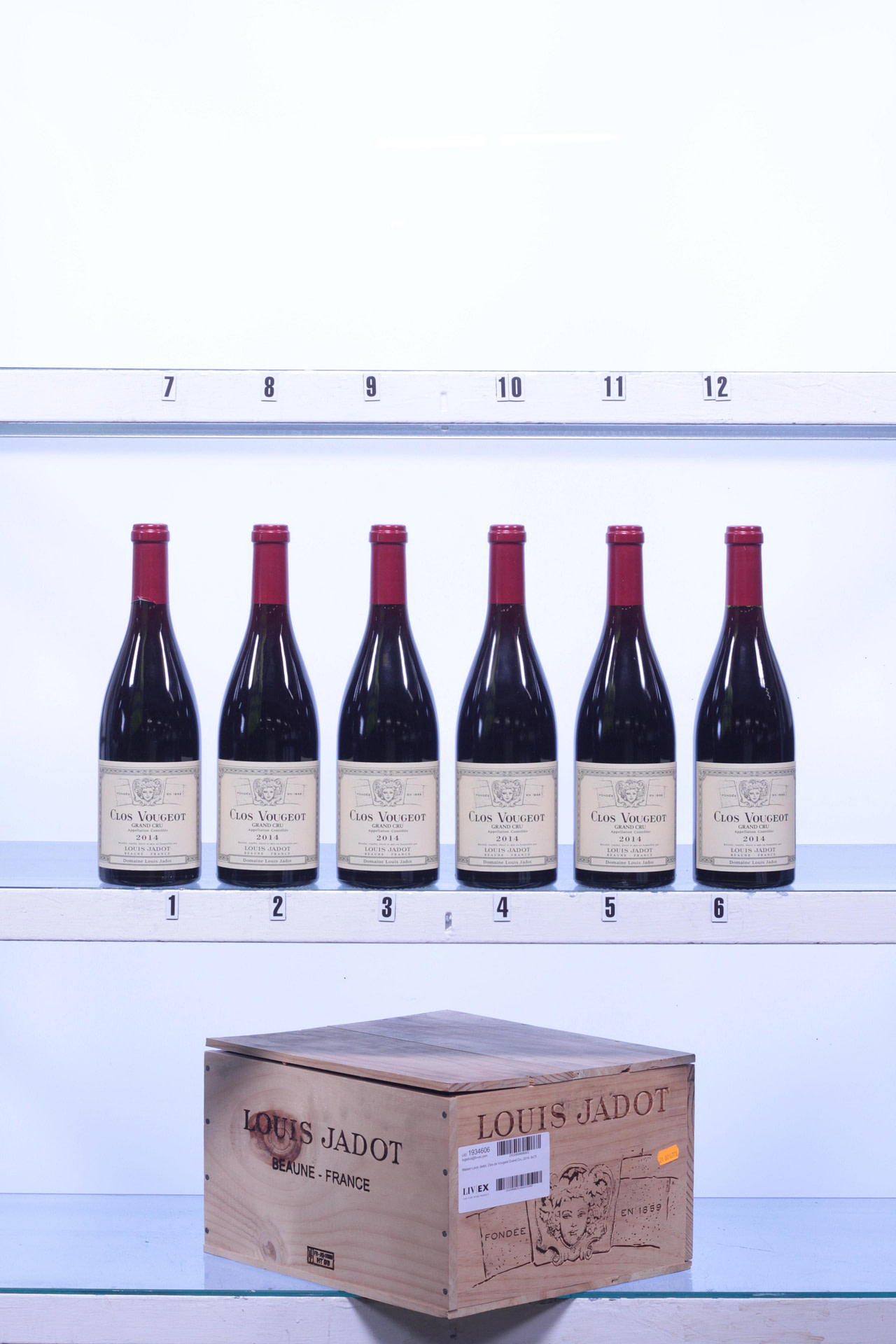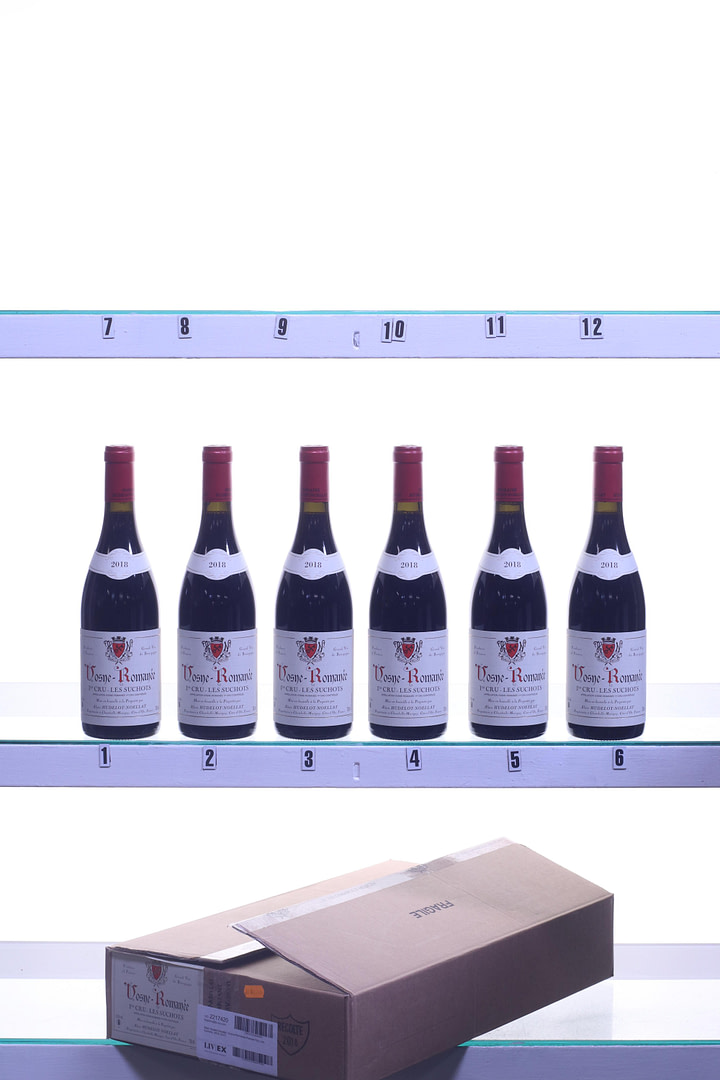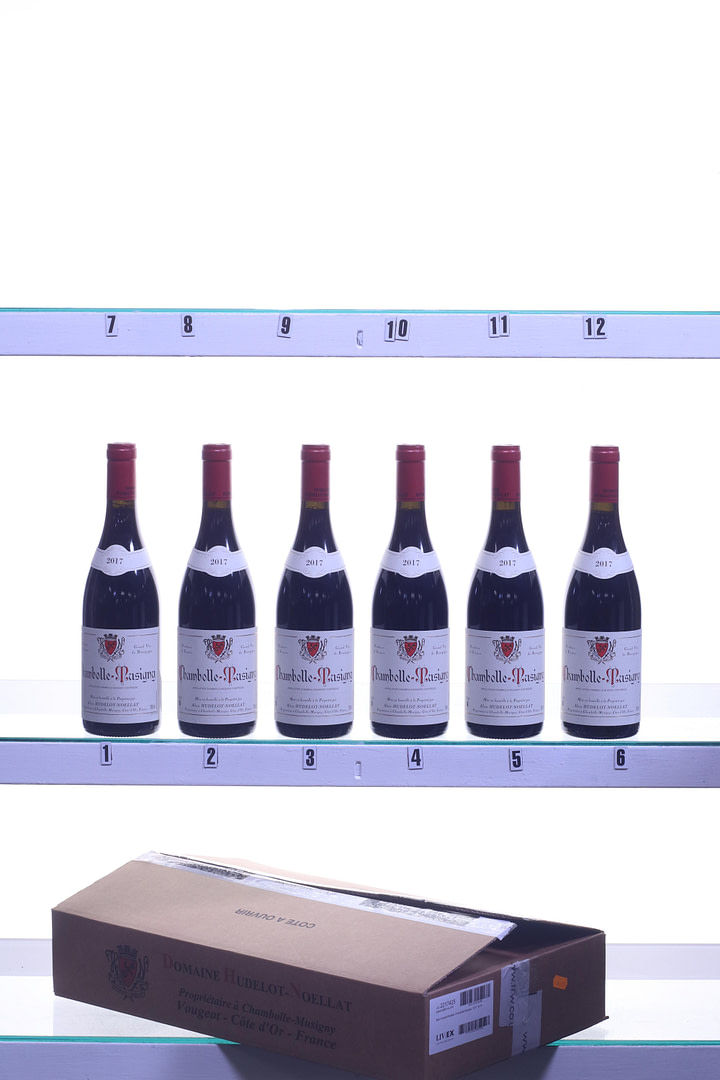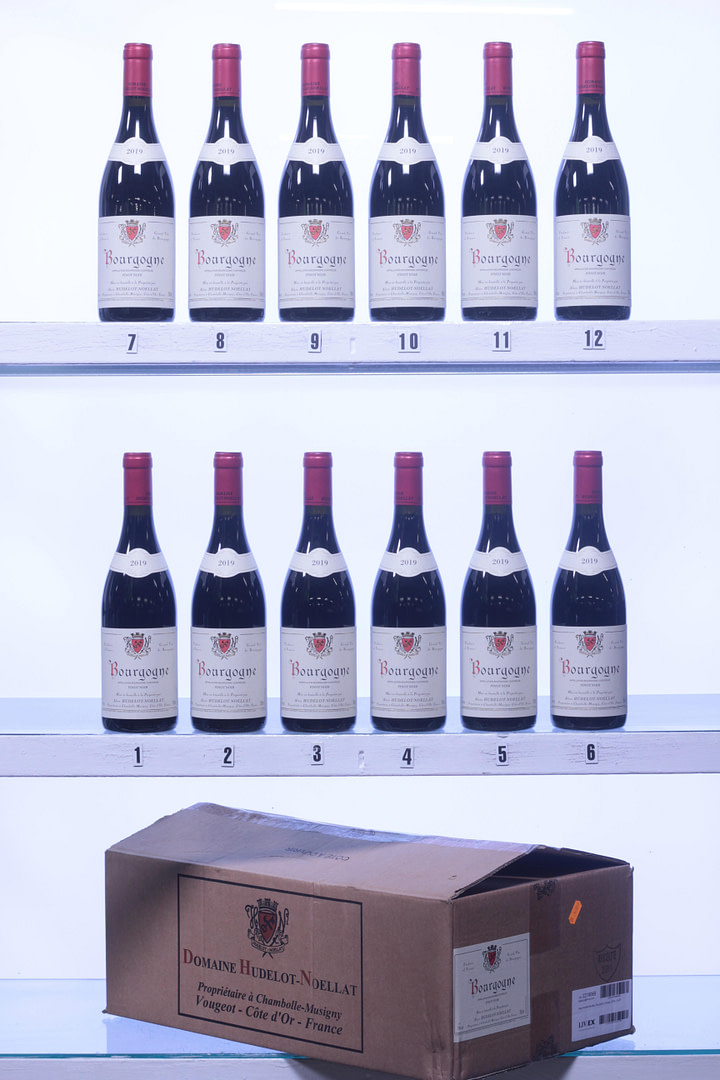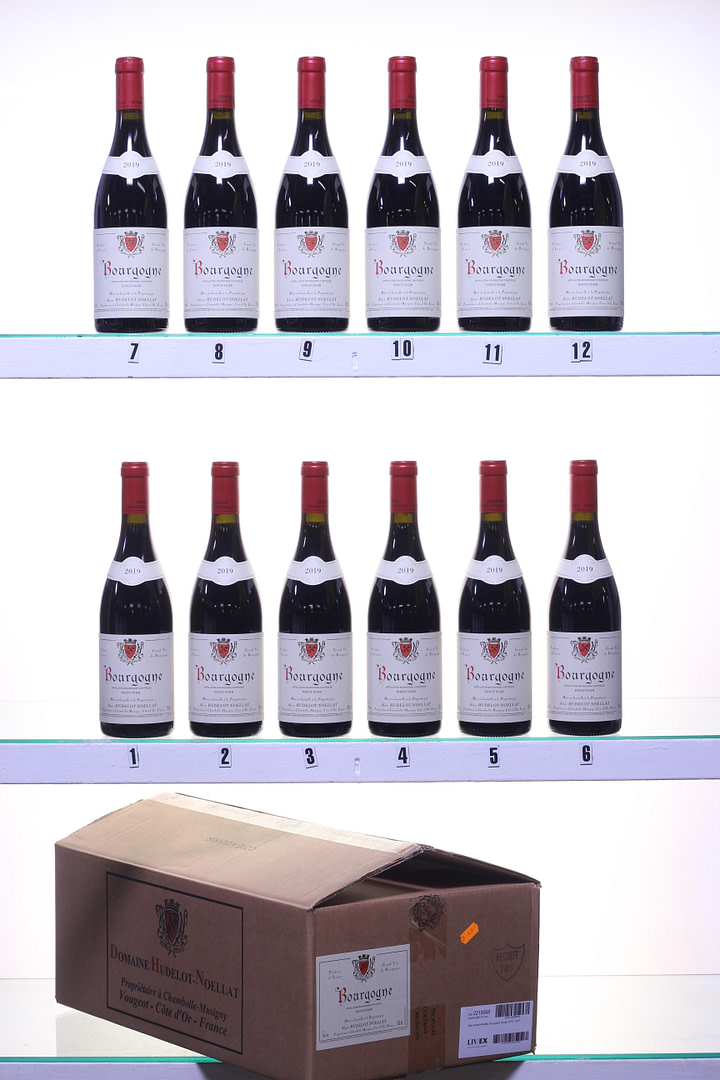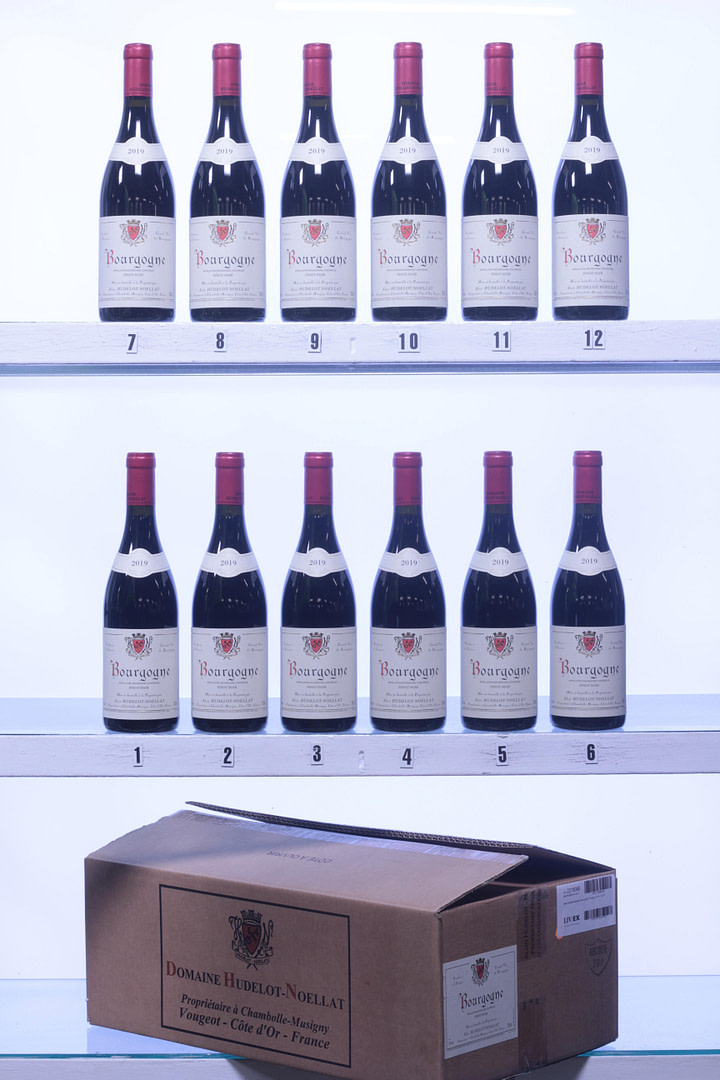Maison Louis Jadot
2021 Clos de VougeotGrand Cru Red barrel
Score: 92-94
Tasted: Apr 10, 2023
Drink: 2033+
Issue: 90
Producer note: Technical director Frédéric Barnier, who is always an incredible wealth of information about each vintage, described 2021 as another one that “began with a relatively warm winter and a very clement February that was followed by a very warm end of March. This was the source of the real problem as the vines, and in particular the chardonnay, reacted predictably to the warmth with bud burst. When the frost arrived during the nights of the 6th, 7th and 8th of April, the results were equally predictable thanks to two key aspects. The first was the length of the frost over three nights and the second was the humidity thanks to a light snowstorm on the 7th. We tried protecting some parcels on the night of the 8th but frankly, we wasted our time as the damage was largely done at that point. I actually had cautious hopes that the pinot might have been mostly spared but that optimism turned out to be misplaced as well, even if the damage wasn’t as bad as it was for the chardonnay. April and May were cool and the vines were so traumatized by the frost that there was barely any apparent activity. It was also humid because even though there wasn’t much rain, there were frequent tiny storms. The vines that were the worst frosted had trouble defending themselves against the mildew and oidium followed by a lighter attack of botrytis at the end of the season. We wound up picking between the 21st of September and the 3rd of October. We did our best to avoid second generation fruit but even seasoned pickers have trouble discerning the difference. In the end, we didn’t have too much of it in pinot but the chardonnay in some cases was almost exclusively second generation. Our average yield was a pitiful 12 hl/ha for the chardonnay and a scarcely better 17 hl/ha in pinot. Between the two Côtes, it was slightly better in the Côte de Nuits at about 20 hl/ha with between 15 and 16 hl/ha in the Côte de Beaune. There was some sorting necessary for the pinot though the chardonnay was largely quite clean. I suppose if we try to find the good in all of this, it’s just as well that yields were low because if not, the fruit never would have adequately ripened. In fact, the harvest reminded me of times gone by as September made the maturities as they were perfectly good. Not high but perfectly reasonable at between 12 and 13% potential alcohols for the pinot and slightly better for the chardonnay. The acidities were quite good in both colors as there was a lot of malic acid. I didn’t really change anything in terms of the vinification for the reds though I did block a few of the malos in white. With the exception of the Amoureuses, I used no whole clusters for the reds. I was frankly surprised by the quality of the tannins as they were riper than I imagined they might be. With respect to the élevage, perhaps the most difficult aspect of this vintage was managing our wood regimen as the quantities for most wines were so small that it was frankly hard to have enough but not too much, especially for the whites. I would observe that the quality of the wines in both colors was difficult to assess until the malos finished. In red, the style is soft and accessible with excellent terroir transparency. They’re juicy yet delicate and I find the quality to be relatively consistent between the two Côtes. The whites are somewhat austere and I suspect that they may well shut down once they’re bottled. They remind somewhat of the 2012s in the sense that they’re dense but vibrant. I would add that despite the cool growing season, the pHs are not especially low, which is to say between 3.65 to 3.75 for the reds, which is pretty much where the 2020s came in. As such, it’s hard to argue that 2021 produced cool and underripe reds. The whites, while lower, came in between 3.2 to 3.25, which is perfectly good as well and definitely not particularly low and only slightly lower than 2020, which averaged around 3.3. Overall, 2021 has turned out better than I ever imagined that it would, at least with respect to wine quality. The quantities though are another story though better to have a little of something excellent than a lot of something mediocre!” I would agree with Barnier’s assessment as there are very good to excellent wines sprinkled throughout the range. Lastly, Barnier noted that some wines were not made as the quantities were simply too small to produce them.
Tasting note: An unusually perfumed nose reflects notes of red currant, earth and a vague hint of exotic spice. In the same vein as the nose, there is an unusually suave texture to the round and delicious medium-bodied flavors that brim with sappy dry extract that helps to buffer the compact, firm and sneaky long finish. This possesses fine development potential.
Maison Louis Jadot, Clos de Vougeot Grand Cru
US$650 / 每箱價格
Maison Louis Jadot
2021 Clos de VougeotGrand Cru Red barrel
Score: 92-94
Tasted: Apr 10, 2023
Drink: 2033+
Issue: 90
Producer note: Technical director Frédéric Barnier, who is always an incredible wealth of information about each vintage, described 2021 as another one that “began with a relatively warm winter and a very clement February that was followed by a very warm end of March. This was the source of the real problem as the vines, and in particular the chardonnay, reacted predictably to the warmth with bud burst. When the frost arrived during the nights of the 6th, 7th and 8th of April, the results were equally predictable thanks to two key aspects. The first was the length of the frost over three nights and the second was the humidity thanks to a light snowstorm on the 7th. We tried protecting some parcels on the night of the 8th but frankly, we wasted our time as the damage was largely done at that point. I actually had cautious hopes that the pinot might have been mostly spared but that optimism turned out to be misplaced as well, even if the damage wasn’t as bad as it was for the chardonnay. April and May were cool and the vines were so traumatized by the frost that there was barely any apparent activity. It was also humid because even though there wasn’t much rain, there were frequent tiny storms. The vines that were the worst frosted had trouble defending themselves against the mildew and oidium followed by a lighter attack of botrytis at the end of the season. We wound up picking between the 21st of September and the 3rd of October. We did our best to avoid second generation fruit but even seasoned pickers have trouble discerning the difference. In the end, we didn’t have too much of it in pinot but the chardonnay in some cases was almost exclusively second generation. Our average yield was a pitiful 12 hl/ha for the chardonnay and a scarcely better 17 hl/ha in pinot. Between the two Côtes, it was slightly better in the Côte de Nuits at about 20 hl/ha with between 15 and 16 hl/ha in the Côte de Beaune. There was some sorting necessary for the pinot though the chardonnay was largely quite clean. I suppose if we try to find the good in all of this, it’s just as well that yields were low because if not, the fruit never would have adequately ripened. In fact, the harvest reminded me of times gone by as September made the maturities as they were perfectly good. Not high but perfectly reasonable at between 12 and 13% potential alcohols for the pinot and slightly better for the chardonnay. The acidities were quite good in both colors as there was a lot of malic acid. I didn’t really change anything in terms of the vinification for the reds though I did block a few of the malos in white. With the exception of the Amoureuses, I used no whole clusters for the reds. I was frankly surprised by the quality of the tannins as they were riper than I imagined they might be. With respect to the élevage, perhaps the most difficult aspect of this vintage was managing our wood regimen as the quantities for most wines were so small that it was frankly hard to have enough but not too much, especially for the whites. I would observe that the quality of the wines in both colors was difficult to assess until the malos finished. In red, the style is soft and accessible with excellent terroir transparency. They’re juicy yet delicate and I find the quality to be relatively consistent between the two Côtes. The whites are somewhat austere and I suspect that they may well shut down once they’re bottled. They remind somewhat of the 2012s in the sense that they’re dense but vibrant. I would add that despite the cool growing season, the pHs are not especially low, which is to say between 3.65 to 3.75 for the reds, which is pretty much where the 2020s came in. As such, it’s hard to argue that 2021 produced cool and underripe reds. The whites, while lower, came in between 3.2 to 3.25, which is perfectly good as well and definitely not particularly low and only slightly lower than 2020, which averaged around 3.3. Overall, 2021 has turned out better than I ever imagined that it would, at least with respect to wine quality. The quantities though are another story though better to have a little of something excellent than a lot of something mediocre!” I would agree with Barnier’s assessment as there are very good to excellent wines sprinkled throughout the range. Lastly, Barnier noted that some wines were not made as the quantities were simply too small to produce them.
Tasting note: An unusually perfumed nose reflects notes of red currant, earth and a vague hint of exotic spice. In the same vein as the nose, there is an unusually suave texture to the round and delicious medium-bodied flavors that brim with sappy dry extract that helps to buffer the compact, firm and sneaky long finish. This possesses fine development potential.

